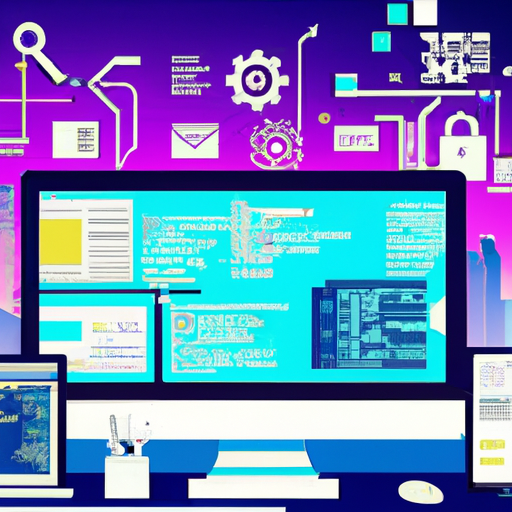IT Automation
Understanding it automation: a game changer for modern businesses
It automation is revolutionizing the way businesses operate, offering unprecedented efficiency and reliability.
Let’s dive deep into what it automation means and how it can transform your organization.
What is it automation?
It automation refers to the use of software and systems to create repeatable instructions and processes to replace or reduce human interaction with it systems.
Essentially, it’s about making machines do the repetitive tasks so that humans can focus on more strategic activities.
Imagine a world where routine tasks like backups, data transfers, and even server maintenance are handled seamlessly without any human intervention.
That’s the magic of it automation.
The benefits of embracing it automation
There are numerous benefits to integrating it automation into your business operations.
First and foremost, it significantly improves efficiency.
Tasks that once took hours can now be completed in minutes or even seconds.
For instance, consider a scenario where a company needs to deploy software updates across hundreds of machines.
Manually, this could take days; with automation, it’s done in an instant.
Another major advantage is reduced errors.
Humans are prone to mistakes, especially when performing repetitive tasks.
Automation ensures consistency and accuracy every time.
Additionally, cost savings cannot be overlooked.
By reducing the need for manual labor on routine tasks, companies can reallocate resources towards more value-driven activities.
Lastly, there’s an improvement in scalability.
As businesses grow, their operational demands increase exponentially.
Automation allows for seamless scaling without a corresponding increase in workload for employees.
Real-life examples of it automation in action
To better understand the impact of it automation, let’s look at some real-world examples:
1. Automated backups: companies no longer need staff to manually back up data daily or weekly.
With automation tools like veeam or acronis, backups happen automatically at scheduled intervals.
2. Network monitoring: tools like nagios or solarwinds continuously monitor network health.
They alert administrators only when there’s an issue that truly requires human intervention.
3. Cloud infrastructure management: platforms like aws provide automation tools such as cloudformation.
This allows businesses to automate infrastructure provisioning and management seamlessly.
4. Devops and continuous integration/continuous deployment (ci/cd): jenkins is a popular tool used by developers worldwide.
It automates testing and deployment processes ensuring faster release cycles with minimal human effort.
Implementing it automation in your organization
Now that we understand what it automation is and its benefits let’s explore how you can implement it within your organization.
Identify repetitive tasks
The first step is identifying which tasks within your organization are repetitive and time-consuming yet necessary for operations.
These could range from data entry jobs to regular system maintenance checks.
Once identified, these tasks become prime candidates for automation solutions.
Select the right tools
Choosing appropriate tools tailored specifically for your needs is crucial here.
For example:
– If you’re looking at automating server management processes – consider puppet or chef.
– For network monitoring – nagios might be apt.
– For backup solutions – veeam could be ideal depending upon your current infrastructure setup
Research thoroughly before deciding on any toolset as this will play a significant role in determining overall success rates post-implementation phase too!
Create a roadmap and pilot test
Before rolling out full-scale implementations across all departments simultaneously; create detailed roadmaps outlining each phase involved including timelines & expected outcomes from each stage respectively!
Pilot tests should also form part of initial stages ensuring minimal disruptions during transition periods while allowing room adjustments wherever necessary based upon feedback received throughout testing phases themselves too!
The future of work with it automation
The future looks incredibly promising with advancements continually being made within field itself every single day now!
As artificial intelligence (ai), machine learning (ml), big data analytics continue evolving further alongside existing technologies










